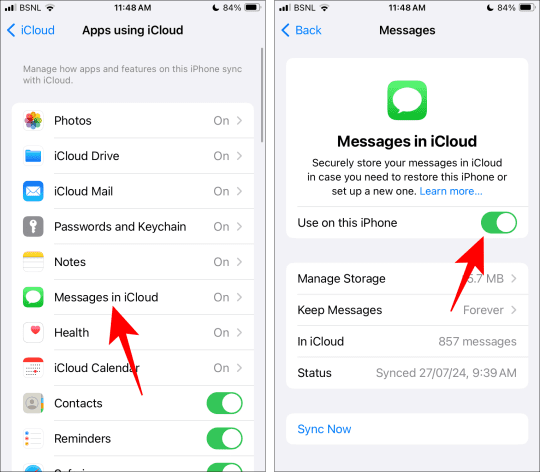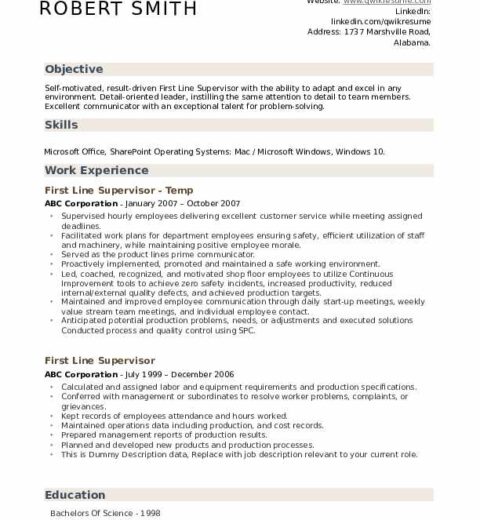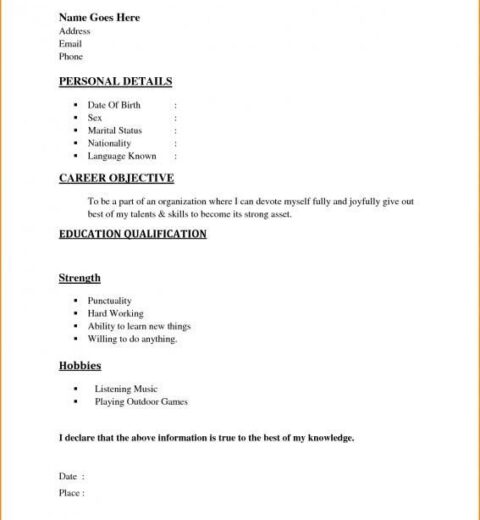In the vast digital cosmos, your devices serve as satellites orbiting the singularity of your data—iCloud. Occasionally, these satellites may drift from their intended paths due to various disruptions, causing the vital flow of synchronization to falter. When you find the dreaded message: “Syncing with iCloud Paused,” it can feel akin to witnessing a star blink out of existence. However, just as a skilled astronomer can realign their telescope, you too can resume syncing with iCloud without losing precious data.
Before embarking on this journey, it’s vital to understand the intricate universe of iCloud syncing. This process ensures that your messages, photos, and files are uniformly accessible across all devices—like a well-orchestrated symphony, where each instrument harmonizes to create a melodious resonance. When this harmony is disrupted, taking proactive steps to investigate and resolve the conflict is essential.
Understanding the Syncing Mechanism
At its core, iCloud operates through a series of interconnected pipelines, each channeling specific data types: photos, contacts, notes, and messages. When syncing pauses, one of these pipelines may have encountered an obstruction. Such obstructions can arise from multiple sources—poor network connectivity, incorrect settings, or even software glitches. Identifying the root cause is akin to deciphering a cryptic code; recognizing the issues you face will be the first step to restoring order.
Step 1: Check Your Internet Connection
A robust internet connection is the lifeblood of seamless iCloud syncing. Begin your troubleshooting by examining your Wi-Fi connection or cellular data signal. Just as a ship requires calm waters to sail smoothly, your data needs a stable connection to traverse the ether. If connectivity issues arise, try disconnecting and reconnecting to your network or switching to another network altogether. Once a solid connection has been established, check if the sync resumes.
Step 2: Review iCloud Settings
Next, navigate to your device’s settings to inspect the configuration of iCloud. The access point to this control panel is usually found in the “Settings” app under your Apple ID. Here, vary the toggles like a conductor adjusts instruments before a performance. Ensure that the “Messages” toggle, along with any other data types you wish to sync, is activated. If they are deactivated, the channels remain closed, stifling the flow of information.
Step 3: Force Restart Your Device
Sometimes, a gentle nudge is all that is needed to coax your device back into performing optimally. A force restart, akin to rebooting a stagnant conversation, can refresh the systems in place and revitalize the syncing capabilities. The process varies depending on the device; for many, pressing and holding the side button along with the volume button will initiate a forced restart. Upon reboot, return to the iCloud settings and review the syncing status once more.
Step 4: Update Your Software
In the ever-evolving world of technology, staying current with software updates is paramount. Peculiar bugs and glitches can disrupt performance; therefore, ensuring that your device runs the latest version of iOS or macOS is essential. Navigate to “Settings,” then “General,” and finally “Software Update” to check for any available updates. Installing the latest patches can often resolve latent sync issues, allowing you to move forward without losing any existing data.
Step 5: Manage Storage Space
Imagine trying to pour a liquid into a full glass—the overflow is inevitable. The same principle applies to iCloud storage. If your iCloud account reaches its capacity, it will cease to sync data until space is freed. You can manage your storage by reviewing what is stored and making necessary deletions. Go to “Settings,” tap your name, then “iCloud,” and select “Manage Storage” to take inventory. Assess which applications and files are essential, and offload the rest to create some breathing room for new data.
Step 6: Sign Out and Sign Back Into iCloud
At times, the simplest solutions can yield the best results. Signing out of iCloud and subsequently signing back in acts like a reset button. It helps clear any temporary glitches that may have developed over time. Be cautious, however, to ensure that local data is safely stored or backed up, as logging out will remove data stored exclusively on your device while still allowing access to backed-up information associated with your account.
Step 7: Utilize Recovery Options
If all else fails, explore the recovery options presented by Apple. Their support forums and customer assistance channels are filled with resources, akin to a library brimming with knowledge waiting to be uncovered. You may find tailored solutions or discover others who experienced similar issues—gathering insight into optimal recovery strategies.
Conclusion: A Journey Through the Digital Cosmos
Resuming synchronization with iCloud, while maintaining the integrity of your data, is a journey that demands patience and attention to detail. Each step taken to rectify the situation demystifies the process, transforming it from a daunting task into a manageable endeavor. Just as astronomers tirelessly adjust their telescopes to capture the majesty of the universe, so too may you adjust your device settings to restore the flow of data. In doing so, you ensure that your digital ecosystem continues to thrive, unhindered by disruption.




